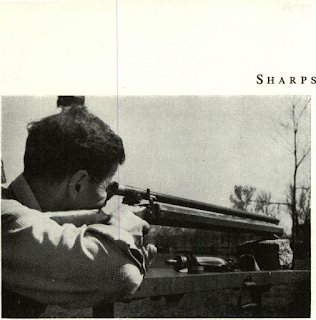But snipers did not need fairy stories to build them
“Advancing ahead of Augur’s brigade they met the
Two companies of Andrews Sharpshooters raised in
“The company was badly cut up in a close engagement where quick shooting with them was out of the
The first sergeants of each company were issued
“The great improvements made in the breech-loading
tion on a charging column, than heretofore when the
“Advancing ahead of Augur’s brigade they met the
Two companies of Andrews Sharpshooters raised in
“The company was badly cut up in a close engagement where quick shooting with them was out of the
The first sergeants of each company were issued
“The great improvements made in the breech-loading
tion on a charging column, than heretofore when the
“The American manufacturers opened their eyes tothe fact that a safer and better gun could be loaded at the breech, in shotguns as well as rifles. To Colonel Berdan’s persistency in urging the Government to furnish his command with these arms while at Camp of Instruction, in response to the demands of the members of both regiments, is the credit largely due for the general substitution after the War of the breech-loading gun.”

Comments
Post a Comment